King’s College London
6G networks are expected to go far beyond conventional communications between connected people and devices, evolving towards a vision of connected intelligence. To realise this, next-generation networks must seamlessly fuse the physical, biological, and cyber worlds through three core capabilities:
- Communication – for information sharing
- Sensing – for information acquisition
- Computing – for information processing and decision-making
This convergence, known as Integrated Communication, Sensing and Computing (ICSC), marks a paradigm shift from traditional siloed approaches, where these functions have typically operated independently. ICSC introduces a unified framework that optimises resource utilisation, enhances system performance, and enables real-time intelligence across distributed environments.
Within this context, the team at King’s College London, led by Professor Marco Di Renzo, is rethinking the fundamental design of communication networks. Their project explores a move away from conventional all-digital processing towards an innovative wave-domain processing design, reducing the reliance on multiple analogue-to-digital converters and RF chains. This approach has the potential to significantly lower power consumption and system complexity: key challenges for future 6G transceivers.
At the heart of this research lies the use of wave-domain multilayer electromagnetic neural networks, which offer low-complexity and energy-efficient over-the-air information processing. By embedding intelligence directly into the physical wave interactions, the project opens new possibilities for sustainable and high-performance wireless networks.
Recent Outputs and Achievements
The project has already delivered two notable publications:
- M. Di Renzo et al., “Nested Tensor-Based Channel Estimation for Stacked Intelligent Metasurface-Assisted Wireless Networks,” IEEE Communications Letters (to appear).
- H. Pervaiz et al., “Game Theory Empowered Carbon-Intelligent Federated Multiedge Caching for Industrial Internet of Things,” IEEE Internet of Things Journal, 2025.
In addition, the team showcased their research at the UKRI-India Research & Innovation Marketplace during the India Mobile Congress, where they engaged with global collaborators to strengthen partnerships in this emerging field.








